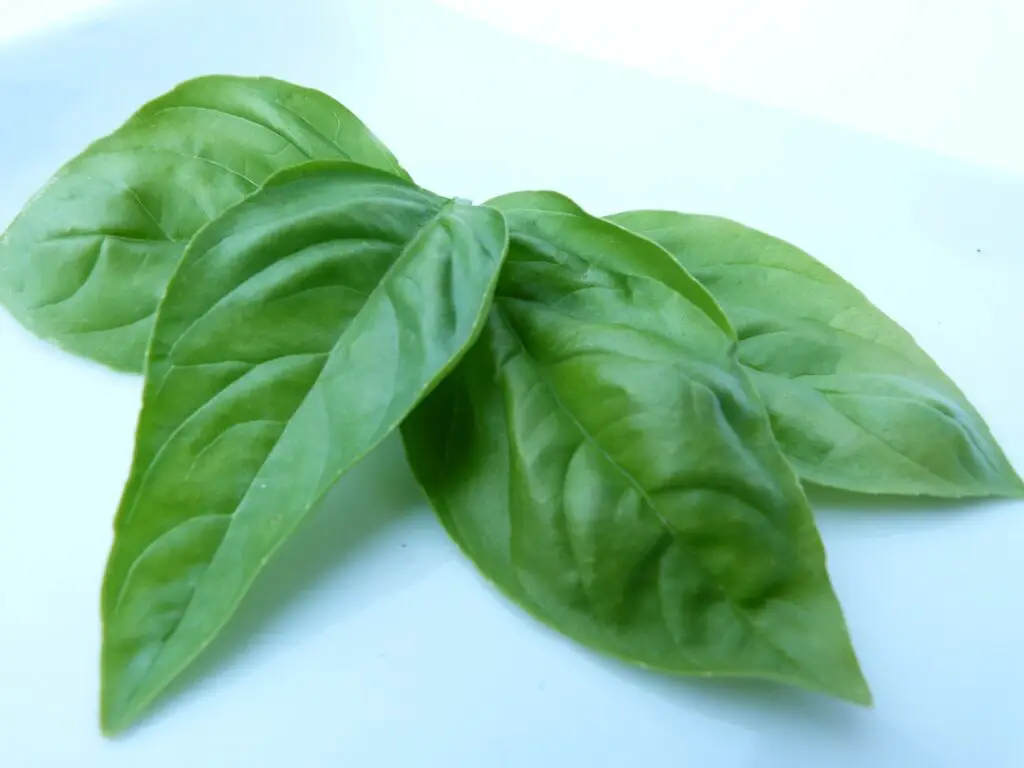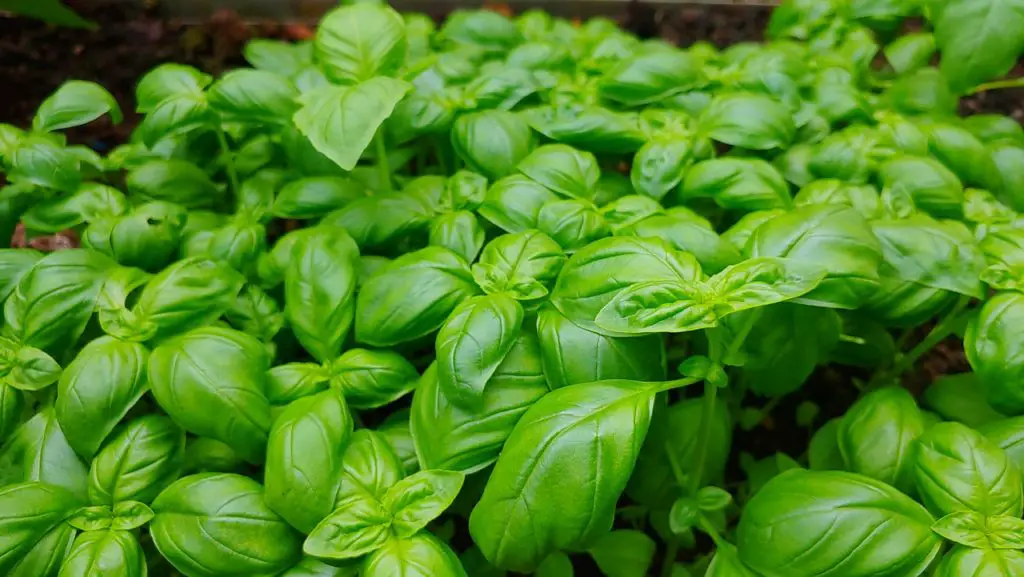
When your garden yields an abundance of basil beyond immediate use, freezing emerges as an ideal solution to preserve its freshness throughout the year. There are several effective methods to freeze basil, ensuring you can enjoy its vibrant flavor in every season. From flash-freezing individual leaves to creating convenient basil ice cubes, each technique offers a way to capture the essence of fresh basil, making it readily accessible for your culinary creations long after the growing season has ended.
How To Freeze Basil
To freeze basil, wash and dry the leaves thoroughly. Then, chop the leaves or leave them whole and spread them on a baking sheet to flash freeze. Once frozen, transfer the leaves to airtight containers or freezer bags. Alternatively, blend basil with olive oil and freeze in ice cube trays for an easy addition to recipes, preserving its fresh flavor.
Freezing Basil Methods
Wash And Freeze
Start by thoroughly washing and drying the basil leaves, and removing and discarding the stems. Arrange the leaves on a cookie sheet, ensuring they’re spread out to prevent clumping, and then flash freeze. Once solidly frozen, transfer the basil leaves to freezer bags, sealing them tightly. This method retains the basil’s aroma and flavor, making it perfect for infusing freshness into your dishes whenever required, even out of season.
Blanch And Freeze
Begin by blanching washed basil leaves in boiling water for 15 seconds, then immediately immerse them in ice water to halt the cooking. After drying the leaves completely, proceed with flash-freezing them on a tray. Once frozen solid, store them in freezer bags, similar to the method outlined in option 1. This process helps preserve the basil’s vibrant color and fresh flavor, making it a convenient addition to dishes year-round.
Chop And Freeze
In a food processor, roughly chop clean basil leaves, then add a splash of olive oil and give it a few pulses to ensure the leaves are lightly coated. This step helps prevent the basil from darkening in the freezer. Next, distribute the basil-oil mixture into ice cube trays and let it freeze solid. Once frozen, pop the cubes into freezer bags for future use. Typically, one cube equals roughly two tablespoons of fresh basil, but it’s wise to measure your tray to confirm the volume. For larger quantities, opt for a two-inch cube tray, which accommodates about a half cup of basil per cube, making it ideal for freezing not just herbs but also broths, wines, and buttermilk for later use.
Freezing vs Drying, What Is The Best Method
Choosing between freezing and drying basil hinges on preference and intended use. Freezing preserves the herb’s fresh flavor and vibrant color, ideal for soups and sauces. Drying, on the other hand, offers convenience and a longer shelf life, perfect for dry rubs and seasoning blends. While freezing maintains a more authentic taste, drying concentrates the flavor, making both methods valuable for different culinary applications.
How To Freeze Basil In Olive Oil
Freezing basil in olive oil is a simple way to preserve its fresh flavor. Finely chop or blend basil leaves, then mix with olive oil to create a paste. Spoon the mixture into ice cube trays, ensuring each compartment is filled. Freeze until solid, then transfer the cubes to a freezer bag for long-term storage. This method not only preserves the basil but also infuses the oil, perfect for cooking and seasoning dishes.
How To Freeze Basil Pesto
To freeze basil pesto, prepare your pesto as usual, blending fresh basil with olive oil, nuts, garlic, and Parmesan cheese. Spoon the mixture into ice cube trays for portion control, leaving a small space at the top for expansion. Once frozen, transfer the pesto cubes to a freezer bag, sealing tightly. This method preserves the pesto’s fresh flavors, making it easy to add a burst of basil to dishes year-round.

Using Up Frozen Basil
Utilizing frozen basil is a fantastic way to infuse dishes with the herb’s vibrant flavors, even out of season. Whether it’s frozen whole, chopped, or in pesto form, simply add it directly to your cooking without the need to thaw. Stir frozen basil into soups, stews, or pasta sauces, where it will seamlessly blend and impart its aromatic essence. For dishes like salads or bruschetta, where fresh basil is preferred, allow the leaves to thaw at room temperature briefly before adding. Frozen basil also makes a great addition to smoothies or homemade salad dressings, offering a fresh, herby twist.
FAQ
How To Freeze Dry Herbs
To freeze-dry herbs, wash and pat them dry, then lay them flat on a baking sheet. Freeze until solid, ensuring they retain their shape and aroma. Once frozen, transfer to airtight containers or vacuum-sealed bags to prevent moisture and freezer burn, preserving their freshness and flavor for later use.
Freezing Herbs In Olive Oil
Freezing herbs in olive oil is a clever preservation method. Chop or leave herbs whole, and distribute them into ice cube trays. Pour olive oil over them and freeze. This technique locks in flavor and aroma, creating ready-to-use herb-infused oil cubes perfect for cooking, enhancing dishes with a burst of herbal freshness.
